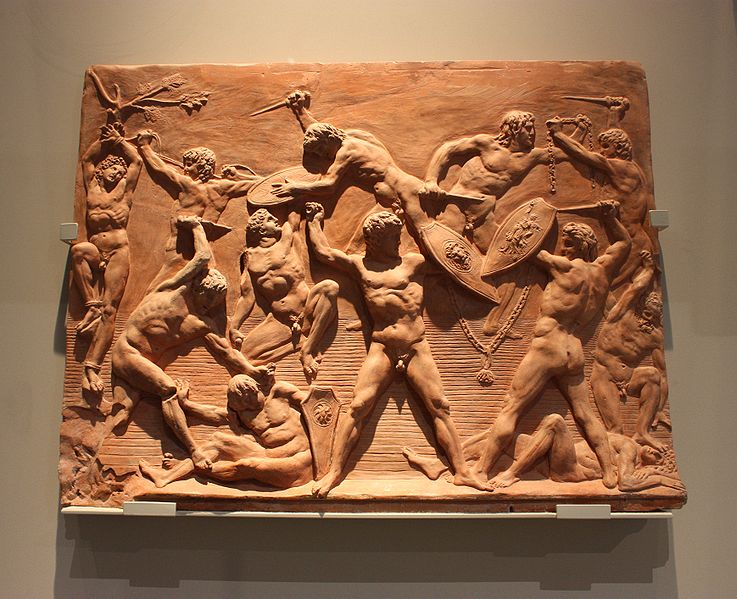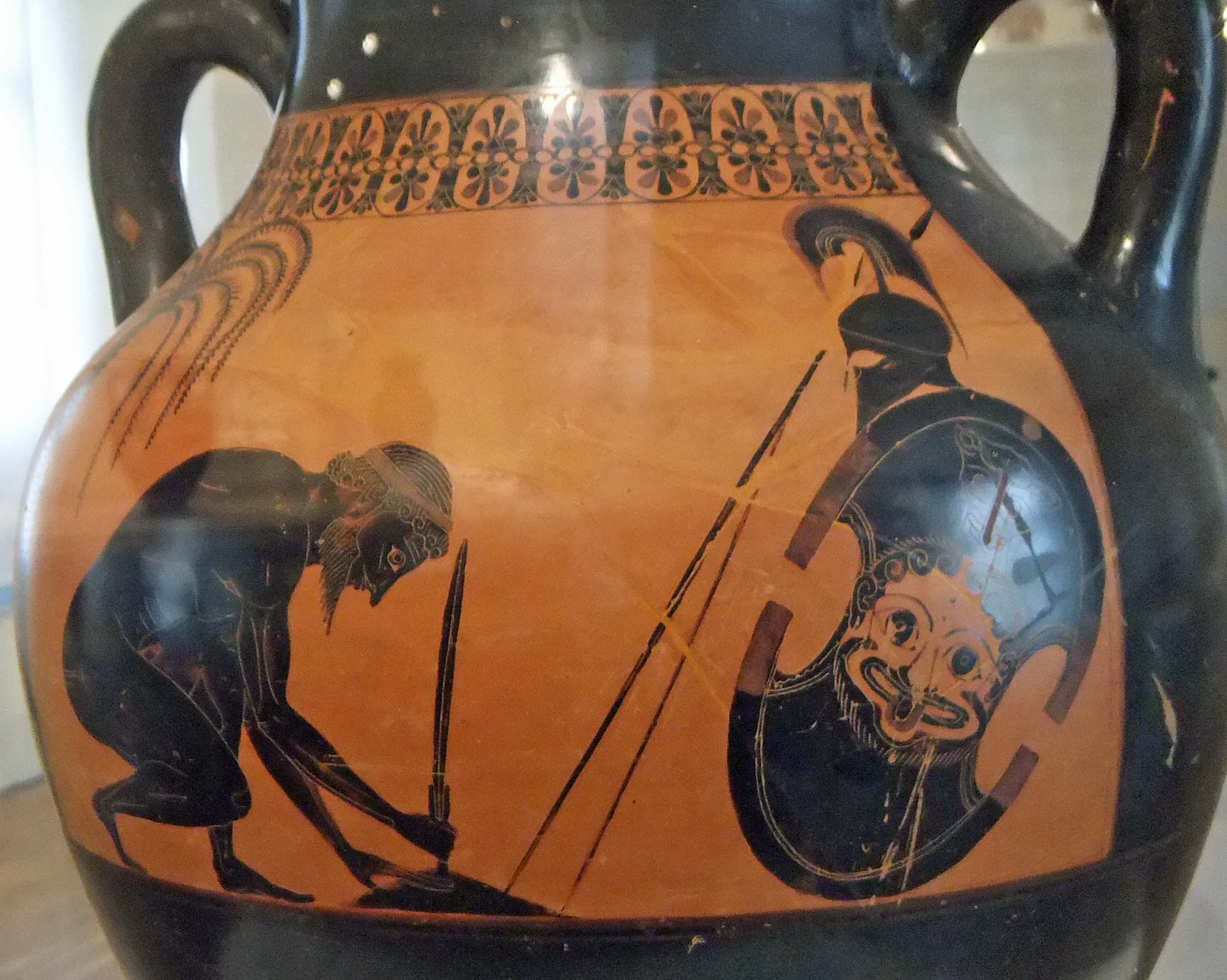Picture of the Day 5/10/14
 |
|
Lake Titisee, Black Forest, Germany http://commons.wikimedia.org/wiki/File:10_of_10_-_Lake_Titisee,_Black_Forest_-_GERMANY.jpg |
Word of the Day 5/10/14
Word: Mond
Language: German
Meaning: Moon






